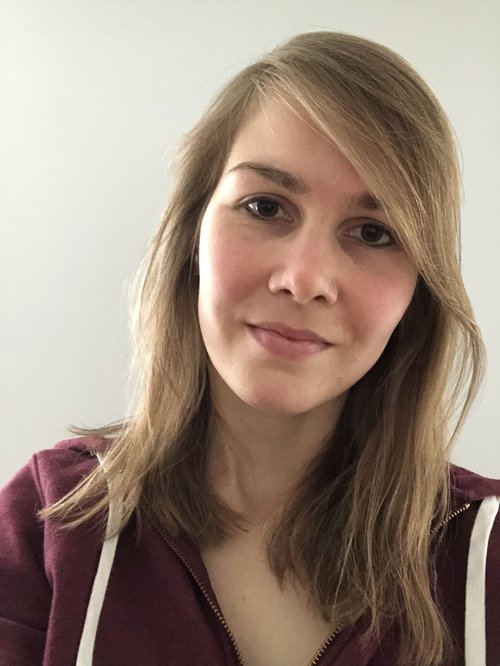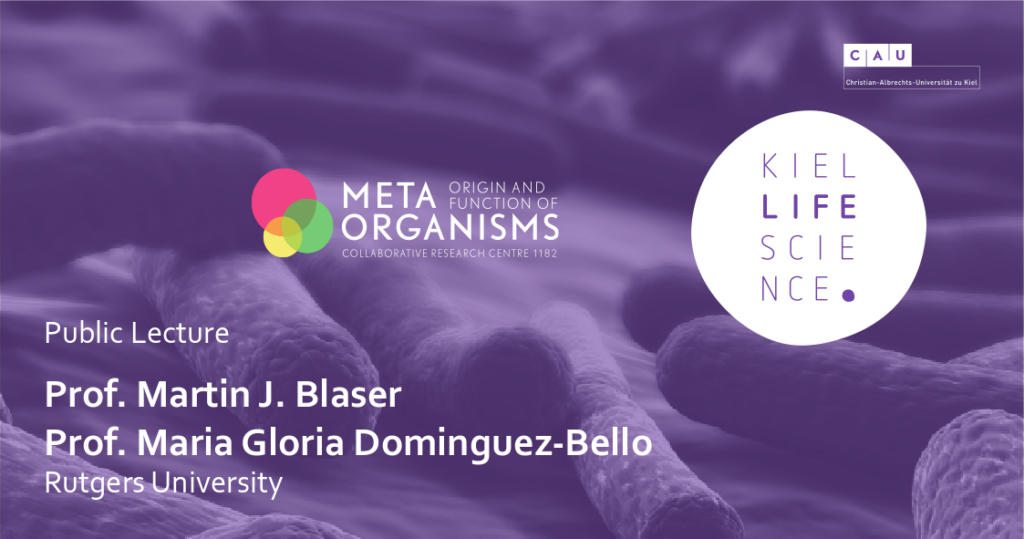Dr. Corinna Breusing (University of Rhode Island)
Biological Colloquium of the Christian-Albrechts-University Kiel
Monday, 26th August 2019, 4:15 pm
Center for Molecular Biosciences (ZMB)
Seminar room 4th floor
Am Botanischen Garten 11
As guest of the CRC 1182
Dr. Corinna Breusing
University of Rhode Island, Graduate School of Oceanography
Talks about:
Evolutionary genetics and physiology of mollusk-bacteria symbioses from deep-sea chemosynthetic environments
Animal-microbe symbioses are increasingly recognized as ubiquitous biological phenomena that are crucial for many ecological and evolutionary processes. In the deep sea, intriguing mutualistic symbioses exist between invertebrate animals and chemosynthetic microbes that form the basis of many vent and seep ecosystems worldwide. In this seminar I will present our work on deep-sea mollusk-bacteria symbioses, in which we investigate the evolutionary consequences of symbiont transmission mode and the physiological responses to changing environmental conditions.
The first part of my talk will address symbiont transmission in deep-sea vesicomyid clams. In this system symbionts are usually vertically transmitted through the maternal germline, which results in co-evolution of host and symbiont lineages as mitochondrial and symbiont genomes become genetically linked. However, various instances of incongruent host-symbiont phylogenies have been found, indicating that vesicomyid clams acquire their symbionts occasionally from an environmental source. So far, the potential pathways of horizontal transmission in clam symbionts remain largely unknown. We report a new case of untypical symbiont compositions in the two cold-seep species Archivesica gigas and Phreagena soyoae by showing that several A. gigas individuals harbor the P. soyoae specific 16S rRNA symbiont phylotype. Using demographic inference models based on restriction-site associated DNA markers we explore the hypothesis that hybridization between the two host species caused a symbiont switch in A. gigas.
The second part of my talk will address regulation of symbiont metabolism in deep-sea snails of the genus Alviniconcha. In the western Pacific back-arc basins A. boucheti, A. kojimai and A. strummeri often co-occur at different hydrothermal vent sites, where they predominantly associate with either symbiotic Gammaproteobacteria (A. kojimai, A. strummeri) or Campylobacteria (A. boucheti). While the A. boucheti holobionts seem to dominate at sites with higher concentrations of sulfide and hydrogen, the A. kojimai and A. strummeri holobionts appear to prefer sites with lower concentrations of these reductants. It is so far unknown whether differences in symbiont physiology explain the distribution and differential abundance of the host species. To investigate this question, we assessed how the different symbiont types alter their gene expression based on the availability of sulfide and hydrogen in high-pressure shipboard experiments.





